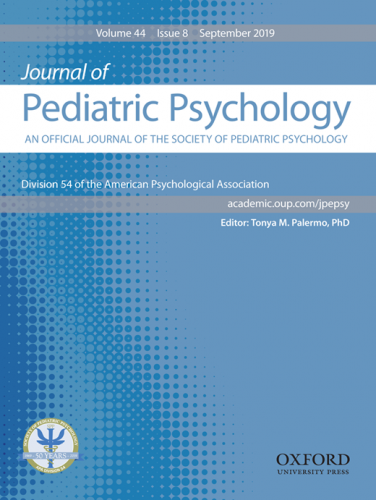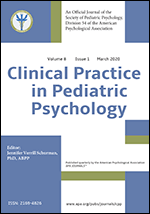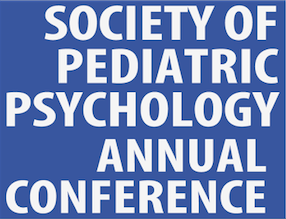Fact Sheet: IgE-Mediated Food Allergies
Food allergies are the result of the immune system production of Immunoglobulin E (IgE) antibodies in response to a specific food, resulting in an allergic reaction. Symptoms can range from mild to severe, and can include one or more of the following systems: skin, respiratory, gastrointestinal, cardiovascular, and neurological. Anaphylaxis is a severe allergic reaction which can be effectively treated with prompt administration of epinephrine. Etiology includes an interaction of factors such as genetic predisposition, limited early environmental exposures to potential allergens, co-morbid atopic conditions and microbiome factors.
Prevalence and Course
Approximately 8 percent of children in the United States have food allergies. The prevalence of food allergies has significantly increased since the1990’s. The top eight food allergies include peanut, tree nut, cow’s milk, egg, soy, wheat, fish, and shellfish. Although some food allergies resolve, there is no cure for food allergies. Food allergy management relies on the avoidance of food allergens combined with identification and treatment of allergic reactions. There are promising clinical trials underway for desensitization treatments for food allergies.
Health and Psychosocial Consequences
Anaphylaxis can be life-threatening if not treated, but the annual mortality rate due to food-related anaphylaxis is extremely low. Despite this objective statistic, children with food allergies and their families are at risk for elevated anxiety about allergic reactions as well as reduced quality of life related to dietary and social restrictions. Risk factors for negative psychosocial consequences in children include perceived food allergy severity, a history of severe allergic reactions, multiple food allergy diagnoses, allergy-related bullying, and increased maternal distress and overprotection.
Evidence-based Assessment
Areas to assess include parent and child knowledge of food allergies, developmentally appropriate allergy self-management, family adaptation to food allergy, social and school functioning, anxiety, adherence and parental psychological functioning. Measures of food allergy knowledge, management, bullying, activity limitations, and quality of life are available.
Culture, Diversity, Demographic and Developmental Factors
Food allergies are more prevalent in Black youth than in children of other races. Preliminary findings suggest that there are socioeconomic disparities in epinephrine access and use, anaphylaxis, emergency department visits, psychosocial burden, and food insecurity. Developmentally, food-allergic adolescents are at risk for non-adherence (eating known allergens and failing to carry epinephrine auto-injectors).
Evidence-based Interventions
Preliminary studies have demonstrated that educational interventions improve parent food allergy knowledge, confidence in allergy management and quality of life. Cognitive-behavioral interventions have been found to improve maternal anxiety. Clinically, the adaptation of cognitive behavioral interventions for management of child food allergy related procedural anxiety (e.g. oral food challenges, auto-injector use), allergy-specific anxiety (e.g. accidental ingestion of allergen, allergic reactions), and adherence appear effective but require investigation.
Resources
- Food Allergy Research and Education (FARE) (www.foodallergy.org) is a non-profit national organization with the mission of improving the quality of life and health of individuals with food allergies. FARE is dedicated to research, education, advocacy and awareness of food allergies. Educational materials and resources are provided on their website. FARE is guided by a medical and research advisory board. Resources specific to food allergic children, adolescents and their caregivers are available.
- Asthma and Allergy Foundation of America (AAFA) (www.aafa.org) is a national, non-profit organization for people with asthma and allergies, with the mission of reducing the burden of disease through support, advocacy, education and research. A medical scientific council committee advises the organization. Kids With Food Allergies (KFA) www.kidswithfoodallergies.org is a division of the AAFA, which provides resources including educational materials, webinars, and videos to help food allergic children and their families.
Authors: Nancy Rotter, Ph.D., Jennifer LeBovidge, Ph.D., Linda Herbert, Ph.D. Catherine Peterson, Ph.D.
Date of last update: February 2019
References
- Chow, C., Pincus, D. B., & Comer, J.S. (2015). Pediatric food allergies and psychosocial functioning: Examining the potential moderating roles of maternal distress and overprotection. Journal of Pediatric Psychology, 40(10), 1065-1074.
- Fedele, D.A., McQuaid, E.L., Faino, A., Strand, M., Cohen, S., Robinson, J., Atkins, D., Hourihane, J.O’B., & Klinnert, M.D. (2016). Patterns of adaptation to children’s food allergies. Allergy, 71(4), 505-513.
- Gupta, R.S., Warren, C., Blumenstock, J., Kotowska, J., Mittal., & Smith, B. (2017). The prevalence of childhood food allergy in the United States: an update, Annals of Allergy, Asthma & Immunology, 119(5), 1-15.
- Herbert, L.J., Shemesh, E., & Bender, B. (2016). Clinical management of psychosocial concerns related to food allergy. The Journal of Allergy and Clinical Immunology: In Practice, 4 (2), 205-213.
- LeBovidge, J.S., Michaud, A., Deloeon, A., Harada, L., Waserman, S. & Schneider, L. (2016). Evaluating a handbook for parents with food allergy: a randomized clinical trial. Annals of Allergy, Asthma and Immunology, 116(3), 230-236.
- McQuaid, E.L., Farrow, M.L., Esteban, C.A., Jandasek, B.N., & Rudders, S.A. (2016). Topical review: Pediatric food allergies among diverse children. Journal of Pediatric Psychology, 41(4), 391-396.



